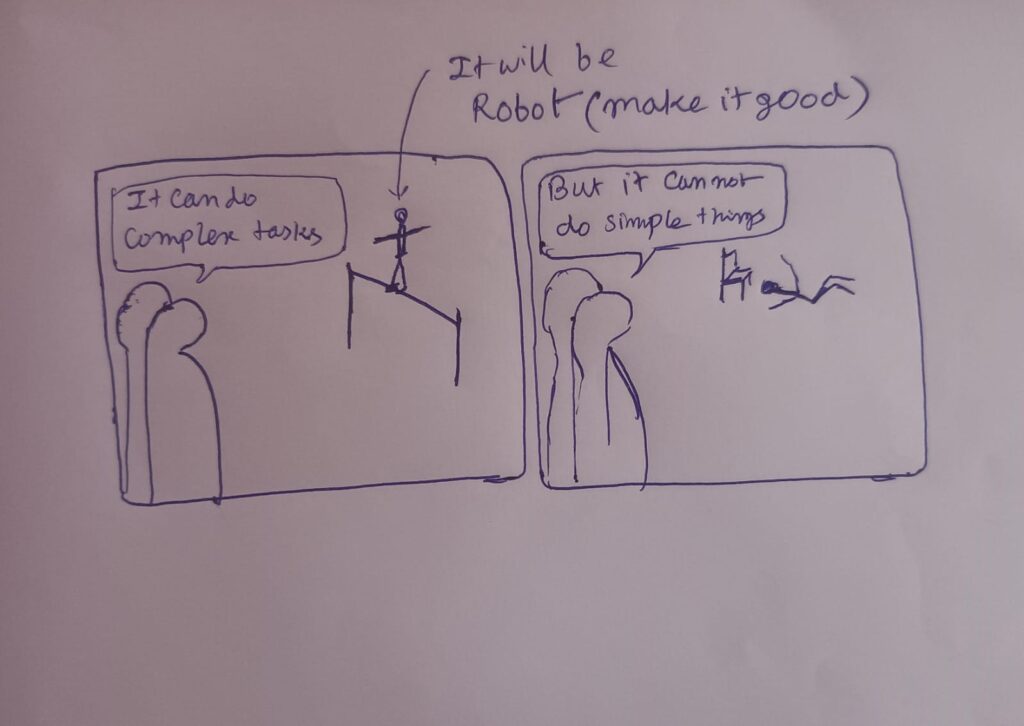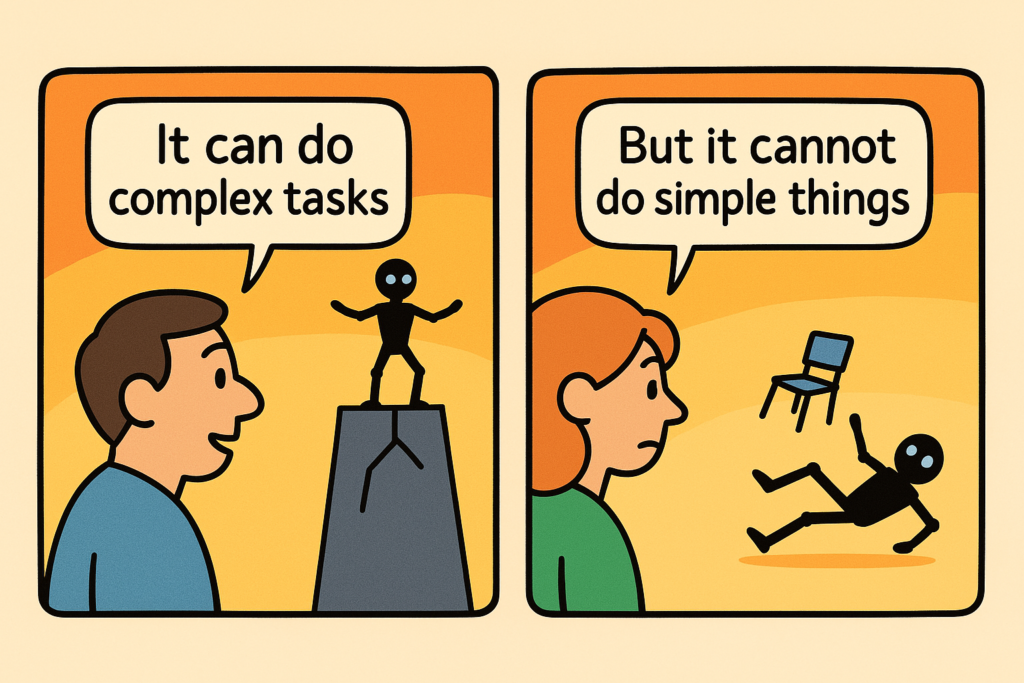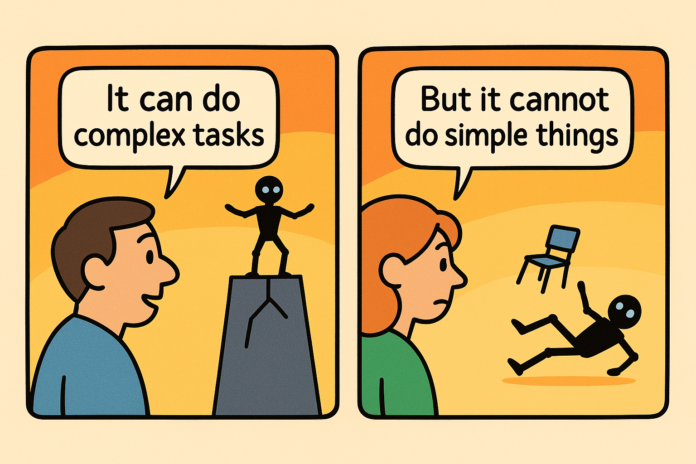In today’s digital age, the process of comic creation is evolving rapidly. Artists and writers alike are discovering the power of artificial intelligence to bring their creative visions to life. If you’re wondering how to make comics from doodles like I did using ChatGPT and GPT-4 image generation, you’re in the right place. In this guide, I’ll walk you through the entire process—from sketching your initial comic panels to transforming your basic doodles into modern, polished illustrations that tell a story.
The Rise of AI in Comic Creation
With advancements in AI and machine learning, traditional comic creation methods have been enhanced with powerful digital tools. Platforms like ChatGPT, especially the latest GPT-4 version, have opened new doors in artistic creation. These tools allow creators to brainstorm ideas, refine dialogue, and even generate descriptive texts that guide the illustration process. The integration of ChatGPT with image generation systems is a game changer, making the artistic journey more accessible and efficient.

Why Use ChatGPT and GPT-4 for Comics?
- Speed and Efficiency: Instead of spending hours refining scripts or searching for inspiration, ChatGPT can generate creative dialogue, narratives, and even scene descriptions in seconds.
- Enhanced Creativity: By incorporating AI into your workflow, you can experiment with different storylines, character dialogues, and visual concepts without starting from scratch.
- Consistency in Style: With image generation models like GPT-4, you can maintain a consistent artistic style across all your panels, ensuring that your comic looks professional and cohesive.
- Cost-Effective: AI tools can reduce the reliance on expensive software or hiring multiple creative professionals, making comic creation more budget-friendly.
Steps in short:
- Start with a Doodle: Sketch your comic panels with basic ideas and layouts.
- Craft a Narrative: Use ChatGPT to generate creative storylines and dialogue tailored to your doodle’s theme.
- Refine Your Script: Edit and enhance the text to ensure a natural flow and engaging humor.
- Enhance the Visuals: Use GPT-4 image generation to transform your doodle into a polished, modern comic panel.
- Integrate Text and Graphics: Position dialogue and narrative text carefully on your enhanced images.
- Apply Final Touches: Adjust fonts, colors, and layout for a cohesive, professional look.
- Publish and Share: Optimize for SEO and share your finished comic on social media and digital platforms for maximum reach.
Step-by-Step Guide to Creating Comics Using ChatGPT and GPT-4 Image Generation
Let’s break down the process of turning your doodles into a modern comic strip, focusing on how to integrate ChatGPT into your creative workflow.
1. Start with a Doodle
Every great comic begins with a simple idea, often sketched as a doodle. Your initial doodle is more than just rough art—it’s a blueprint of what your story will look like. The sketch doesn’t have to be perfect; its purpose is to help you visualize the layout of panels, characters, and key elements in the scene.
Tip: Use paper and pencil or a digital drawing tablet to keep your doodle. This step is all about brainstorming, so keep it loose and imaginative.

2. Develop Your Storyline and Dialogue Using ChatGPT
Once you have your basic doodle, the next step is to craft a compelling storyline and dialogue that will bring your comic to life. Here’s how ChatGPT comes into play:
- Generate Ideas: Ask ChatGPT for creative ideas based on your doodle’s theme. For instance, if your doodle shows a futuristic robot, prompt ChatGPT with “Write a humorous scene featuring a robot with unexpected quirks.”
- Script Development: Develop your narrative by providing ChatGPT with an outline. You can specify details such as panel descriptions, character actions, and dialogue snippets.
- Editing and Refinement: Use ChatGPT to refine your dialogue and ensure it flows naturally. The model can suggest alternative phrasings or jokes to make your comic even more engaging.
Example Prompt:
“ChatGPT, help me write a comic script where a futuristic robot, designed for handling complex tasks, hilariously struggles with simple ones. The comic should have two panels with a modern vibe, and the tone should be light and humorous.”
ChatGPT will output dialogue and narrative elements that you can incorporate directly into your comic.
3. Enhance Your Doodle with GPT-4 Image Generation
After refining your script and storyline, it’s time to focus on the visuals. GPT-4’s image generation capabilities allow you to transform your initial doodle into a polished comic panel. Here’s how to do it:
- Upload Your Doodle: Start by scanning or taking a clear photo of your doodle. Then, feed the image into the GPT-4 image generation tool.
- Apply Filters and Enhancements: The tool can apply modern filters, add color, and even incorporate digital effects to enhance your sketch. This step turns your rough drawing into a vibrant comic panel.
- Adjust for Consistency: If your comic consists of multiple panels, ensure that the same style and color palettes are used throughout. GPT-4’s advanced algorithms help maintain stylistic uniformity, giving your comic a professional, cohesive look.

Tip: Experiment with different enhancements until you achieve the modern, clean aesthetic that aligns with your creative vision. Don’t be afraid to iterate several times until you are satisfied with the outcome.
4. Integrate Text and Final Touches
Now that you have your polished visuals and carefully crafted script, it’s time to bring them together. Here’s how to integrate the text with your images effectively:
- Text Placement: Decide where the dialogue and narrative text should appear on your panels. Ensure that the text doesn’t cover important visuals. Tools often allow you to position, adjust fonts, and resize your text boxes.
- Choosing the Right Fonts: For a modern look, select fonts that are clean and easy to read. Avoid overly decorative fonts that could distract from the artwork.
- Final Edits: Review the entire comic for flow, ensuring that the narrative and visual elements complement each other. Make any necessary changes to the dialogue or images to maintain consistency and enhance readability.
5. Publish and Share Your Comic
After completing your comic, the final step is to share your creation with the world. Here are some tips for a successful launch:
- SEO Optimization: When uploading your comic online, create SEO-friendly titles and descriptions. Use keywords like “ChatGPT comic creation,” “GPT-4 image generation comics,” and “AI comic art” to drive organic traffic.
- Social Media: Share your comic on social media platforms like Instagram, Twitter, and Facebook. Use relevant hashtags to reach a wider audience.
- Blog Posts and Portfolios: Write blog posts explaining your creative process, as well as showcasing your art. An in-depth behind-the-scenes post can attract fellow artists and enthusiasts.
- Online Art Communities: Engage with communities on platforms like DeviantArt or Reddit’s comic creation forums. Feedback from fellow creators can provide valuable insights and help you improve your work.
Benefits of Using AI in Comic Creation
Unlocking New Creative Possibilities
AI offers a new realm of possibilities for creative professionals. By combining the storytelling capabilities of ChatGPT with the visual power of GPT-4 image generation, comic creators can experiment with innovative ideas and bring visually stunning narratives to life. This fusion of text and image creation streamlines the process and provides tools to overcome traditional artistic hurdles.
Increased Productivity and Efficiency
For many creators, the creative process can sometimes be time-consuming and repetitive. AI tools not only speed up brainstorming sessions but also help refine ideas, making the entire process more efficient. With ChatGPT generating rich dialogue and GPT-4 enhancing your doodles, you can produce high-quality comics at a fraction of the time compared to traditional methods.
Bridging the Gap Between Art and Technology
One of the most exciting aspects of this technology is the way it democratizes art. Artists who may not have extensive technical drawing skills can still create compelling narratives and visuals using AI assistance. This integration encourages collaboration between technology and art, resulting in unique creations that push the boundaries of digital storytelling.
Tips and Best Practices
Experiment with Different Styles
Don’t be afraid to experiment with various art styles and narrative tones. The flexibility of GPT-4 allows you to iterate on your design quickly. Whether you’re aiming for a minimalist comic strip or a highly detailed graphic novel style, adjusting the settings can help you find the perfect blend.
Leverage Feedback Loops
Engage with your audience for feedback. Use social media polls, online forums, or direct comments on your blog post to learn what works and what doesn’t. Continuous feedback helps improve your future projects and builds a loyal following of fans who appreciate your innovative approach to comic creation.
Keep Up with AI Advancements
The fields of AI and digital art are rapidly evolving. Stay updated with the latest tools and techniques by following AI research updates and joining online communities focused on digital storytelling and comic creation. Regularly experimenting with new features can provide you with fresh ideas and improvements to your creative process.
Conclusion
The integration of ChatGPT and GPT-4 image generation in comic creation is transforming the way we approach digital art. With these tools, even a simple doodle can be turned into a sophisticated, modern comic strip that captivates audiences. By blending creative storytelling with innovative AI technology, artists can explore new territories in digital expression and set their work apart in an ever-evolving landscape.
If you’re excited about the potential of these tools and eager to try them out, start by sketching your ideas, fine-tuning your narrative with ChatGPT, and then let GPT-4 elevate your doodles into beautiful, modern visuals. The world of comic creation is no longer limited by traditional methods—it’s an open canvas ready for you to explore.


